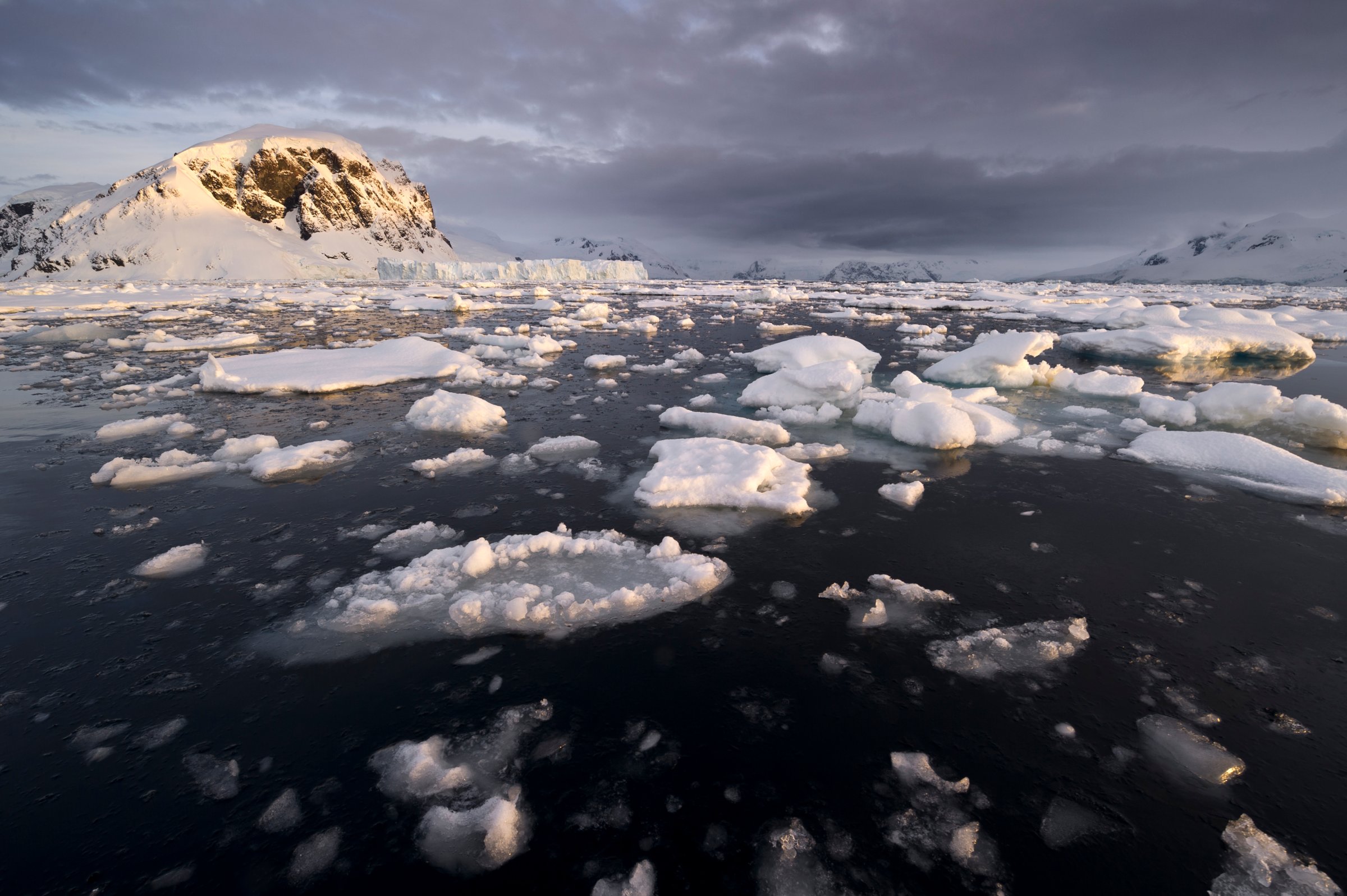
The pharmaceutical giant Bayer has made a remarkable—and lucrative—discovery. Allergies are on the rise. The company’s eye and nose ointment Bepanthen, already good for more than $200 million in annual sales, could soon be in even higher demand.
Bayer mentions this in its annual response to the watchdog CDP, formerly the Carbon Disclosure Project, which surveys the greenhouse gas emissions of the world’s largest corporations. The CDP celebrates companies that cut carbon, of course, but also celebrates brutal honesty, awarding prizes and A rankings to those that give a true and full accounting of how climate change could affect their bottom lines. Bayer is a winner on both counts. Though still high, its emissions are down nearly 40% from 1990 levels. And the company is transparent about what it believes a warming world will bring.
One of Bayer’s latest products is “a new generation of mosquito net,” the LifeNet. It also has two advanced bug sprays in the pipeline. These will be lucrative because mosquitoes and the disease they carry are expected to thrive in a warmer world, leaving another 40 to 60 million people at risk of malaria in Africa alone. “In light of an expected climate-change-related increase of malaria incidents in further regions of the world (e.g., Northern Europe), we expect a growing demand for Bayer mosquito nets,” the company writes.
For agriculture, the effects of climate change—”water shortages, heat, excessive rainfall”—will be devastating. But Bayer’s insecticide Confidor and its expanding line of genetically modified rice and cereal plants could profitably take out some of the sting. Even a future of superstorms could be a boon. “One example,” writes Bayer, “is the provision of high-performance polycarbonate materials for the construction of exposed buildings, leading to superior stability in the case of storms or other extreme weather events.” For existing structures, the company recommends its spray-on product Baytec, which leaves a thick coating of weatherproof polyurethane.
Bayer is not alone in seeing opportunities in a hotter planet. In Australia’s climate-stressed bread belt, the Murray-Darling basin, and its analog in the American West, the Colorado River basin, hedge funds have bought up millions of gallons worth of water rights. Other funds, convinced that commodity prices can only keep rising, are part of a new scramble for Africa in which as many as 100,000 square miles of farmland—an area larger than the United Kingdom—have been leased or purchased by foreign investors. Meanwhile, at least two of Manhattan’s most storied investment banks have played farmer in Ukraine, where milder temperatures heighten the appeal of some of the richest soil in the world.
In the Netherlands, the stock of the seawall building company Arcadis jumped by 6% the moment New York City—a potential client—was struck by Hurricane Sandy. Up in the melting Arctic, ship traffic has risen 20-fold in three years over the top of Russia on the Northern Sea Route. And receding sea ice puts an even greater prize within reach: oil. Royal Dutch Shell, which in 2008 paid a record $2.1 billion for leases in Alaska’s untapped Chukchi Sea, has told investors that the high north will someday be its number one source of crude. Even in Greenland, the Danish territory synonymous with the slow-moving disaster that is climate change, people have found something to celebrate. Petroleum and precious metal deposits made more accessible by the melting ice are so vast that native Greenlanders recently voted to leave Denmark and its subsidies behind. They will gradually drill their way to independence. The world will gain a new country even as others sink beneath rising seas.
Americans often frame climate change as a tragedy of the commons: We all pursue our selfish lives, we all emit, and together we all will someday pay. But this is a dangerous way to understand the future and our responsibilities to it. That some are planning to get rich from the warming world only underscores the reality of climate change: Its impacts, though mostly bad for most people in most places, are deeply uneven.
It happens that those largely responsible for the historic emissions that got us here—wealthy North Americans and Europeans—are the most likely to stay relatively prosperous, because we have our northerly geographies and we have enough money in our wallets for, say, high-performance polycarbonate building materials. It happens that those least responsible for historic emissions, the equatorial and the poor, are the most likely to see the worst impacts, likely to get poorer faster. This unevenness suggests that self-interest, however rational, may never be enough to jumpstart real climate action in the wealthy countries where it’s most needed. It’s hard to scare people into cutting emissions if they’re not actually all that scared.
There’s nothing wrong with selling mosquito nets, and there’s nothing wrong with buying them. But there’s something wrong if we ignore the true ethical stakes as an ever more imbalanced world keeps lurching ahead, blithely thinking, “At least we’re all in this together.”
McKenzie Funk writes for Harper’s, Outside, National Geographic, and Rolling Stone, and is the author of Windfall: The Booming Business of Global Warming (The Penguin Press, 2014).
More Must-Reads From TIME
- The 100 Most Influential People of 2024
- Coco Gauff Is Playing for Herself Now
- Scenes From Pro-Palestinian Encampments Across U.S. Universities
- 6 Compliments That Land Every Time
- If You're Dating Right Now , You're Brave: Column
- The AI That Could Heal a Divided Internet
- Fallout Is a Brilliant Model for the Future of Video Game Adaptations
- Want Weekly Recs on What to Watch, Read, and More? Sign Up for Worth Your Time
Contact us at letters@time.com